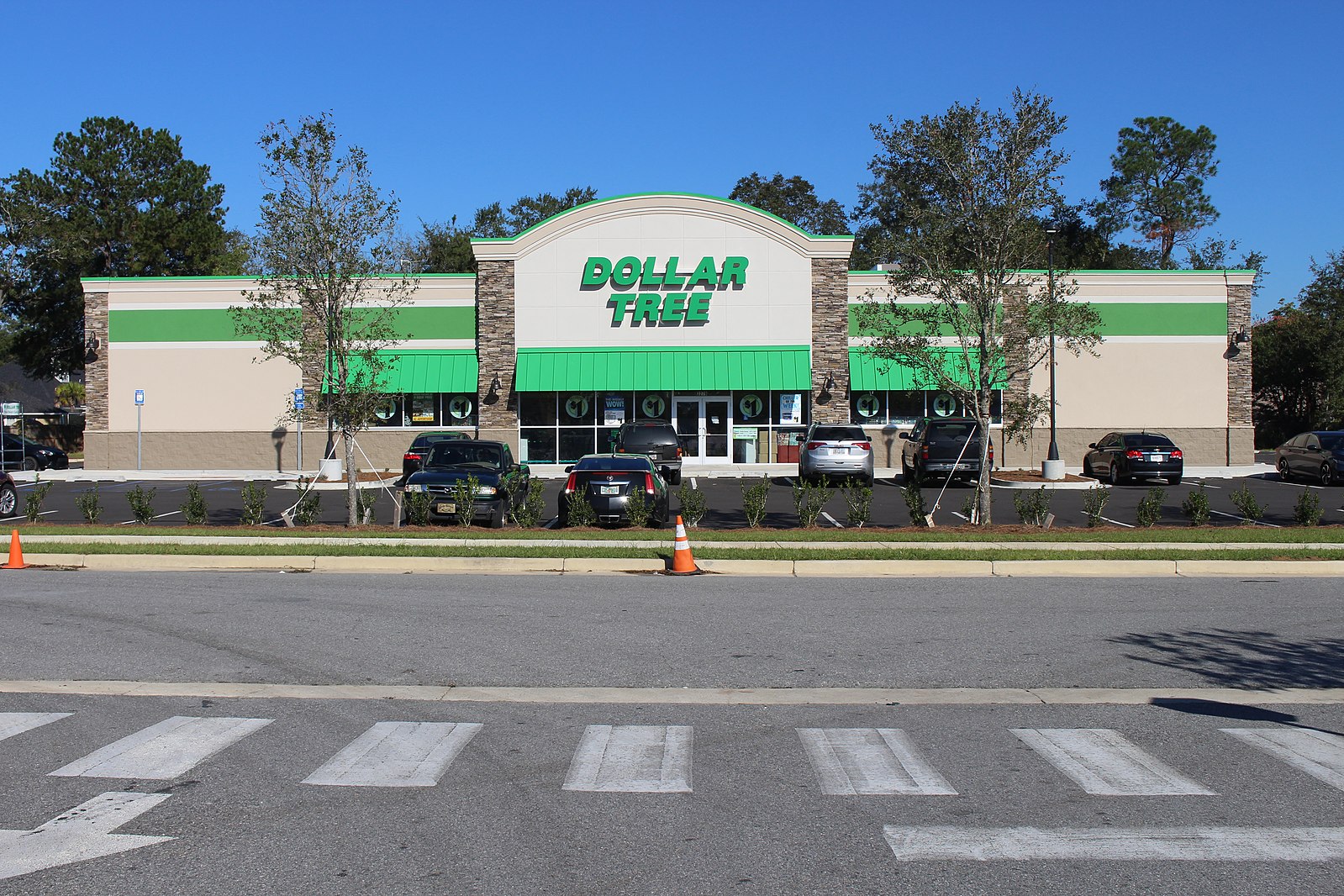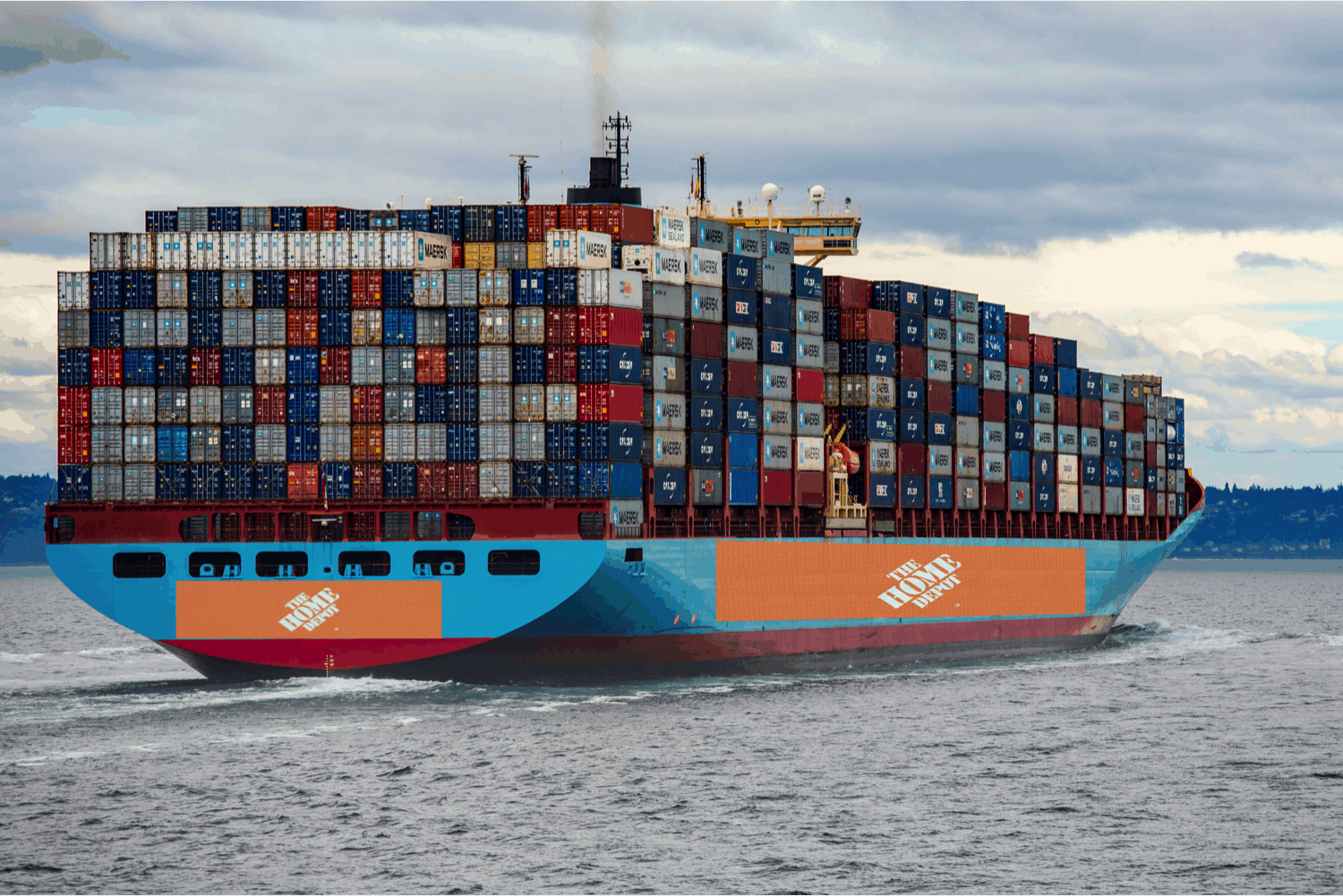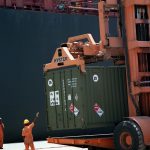Dollar Tree Exemplifies Losses Shippers Facing & Solutions
It feels like we’ve been talking about the international shipping industry’s sky-high freight rates non-stop for the last year and a half. With freight rates breaking record after record over that time, there’s good reason. Just over a week ago, Freightos posted the following information of what ocean freight rates currently look like:
Asia-US West Coast prices are at $18,425/FEU, a 50% gain since a month ago. This rate is 503% higher than the same time last year.
Asia-US East Coast prices are at $19,943/FEU, a 30% increase in the last four weeks and 475% higher than rates for this week last year.
Paying around five times as much to import goods than it cost a year ago, when freight rates were already high, is an incredible toll on shippers. Some businesses can’t afford it at all. Some are taking losses as they try to power through this difficult period. Some have sought alternative sourcing, but if they’re still importing, rates aren’t cheap. Some have sought domestic sourcing to avoid importing goods altogether. Some have even had to cease operations.
Case Study: Dollar Tree

Todd Maiden wrote an article for American Shipper about the negative impact these high freight rates have had on Dollar Tree:
Discount chain Dollar Tree reeled in its outlook for fiscal 2021, citing escalating freight costs as the reason….
…
Dollar Tree (NASDAQ: DLTR) said elevated transportation expenses will drag down full-year earnings by $1.50 to $1.60 per share compared to last year. The update assumes an additional freight spend of $185 million to $200 million (60 cents to 65 cents per share) above the prior forecast issued at the end of May.
The revised full-year EPS range of $5.40 to $5.60 is 7% lower (at the midpoint) than the quarter-ago guide and shy of the $5.65 recorded last year.
Keep in mind, last year was 2020 when lockdowns hurt retailers like Dollar Tree and stocks in general had tumbled.
Most of Universal Cargo’s readers are small to medium shippers, whereas, Dollar Tree is an extremely large shipper. In fact, Maiden reports, “Dollar Tree is a top-5 U.S. importer, bringing in approximately 90,000 forty-foot equivalent units annually.” Being a smaller shipper makes your business more vulnerable to these high freight rates than are the large shippers. However, Dollar Tree is more vulnerable than the average large shipper because of its lower price points; thus freight costs are a higher percentage of its gross merchandise margin, according to a quote from the company in the article.
Large Shippers’ Duress Directly Impacting Small to Medium Shippers
Often, smaller shippers think what’s happening with these larger shippers that are able to contract directly with ocean freight carriers doesn’t affect them. However, that’s not true. Those BCO [Beneficial Cargo Owner] contracts do have an impact on the spot market rates, within which small to medium shippers have to operate. Yet that’s nothing compared to the impact smaller shippers are feeling as a fallout from the relationships between BCOs and carriers right now.
Ocean freight carriers are not meeting their contractual obligations to BCOs. In fact, carriers are not even coming close. In this regard, the Dollar Tree example from Maiden’s article is kind of astounding:
At the end of its fiscal first quarter, the expectation was ocean carriers would honor approximately 85% of contractual commitments with Dollar Tree. That number is now likely to be closer to 60% to 65%.
Management said spot market rates have moved roughly 20% higher since the May update.
If Dollar Tree contracted all of its annual 90,000 FEUs, that would mean carriers’ failure or refusal to honor their contracts would flood 31,500 to 36,000 FEUs of cargo into the spot market. All those thousands of FEUs would now be competing directly with small to medium shippers’ cargo for space on sailings and help push the spot rates up.
There probably is a portion of Dollar Tree’s cargo that would have been in the spot market anyway, but obviously nowhere near the level we’re now seeing.
What Dollar Tree Is Doing About High Freight Rates & What You Can Do
Dollar Tree, being such a large shipper, has some options available to it that smaller shippers do not. Check this out from Maiden’s article:
Dollar Tree recently chartered dedicated space on container ships for the first time. It entered a three-year contract for “one large vessel,” which is expected to make its first voyage for the company in the next few weeks.

This is a similar move to one made by Home Depot back in June, when the company reserved a ship for its sole use. I asked at the time if this could become a trend that would disrupt the ocean shipping industry. With Dollar Tree saying it will continue to add more ocean charters this year, this is looking like something that could become a trend.
If more and more large shippers seek whole ships set aside for just their cargo, how will that affect BCO contracts with carriers? How will it affect the industry’s capacity? How will it affect carrier competition? How will it affect the spot market. It’s an interesting development to watch in the industry, especially because it could have significant implications for smaller shippers.
Of course, small to medium shippers probably can’t charter their own ships – unless maybe they start teaming up together to do so – but there is something Dollar Tree is doing to deal with these sky-high freight rates that smaller importers could do.
Maidend reports that Dollar Tree management said the company “will continue seeking new suppliers domestically as well as in other regions to minimize its exposure to the trans-Pacific trade lane.”
Universal Cargo has helped its clients make such moves in the past. We’ve helped customers make smooth transitions from importing from China to sourcing from other countries. Not only do we handle international shipping, but we also can take care of domestic shipping needs. Contact your account executive today.




